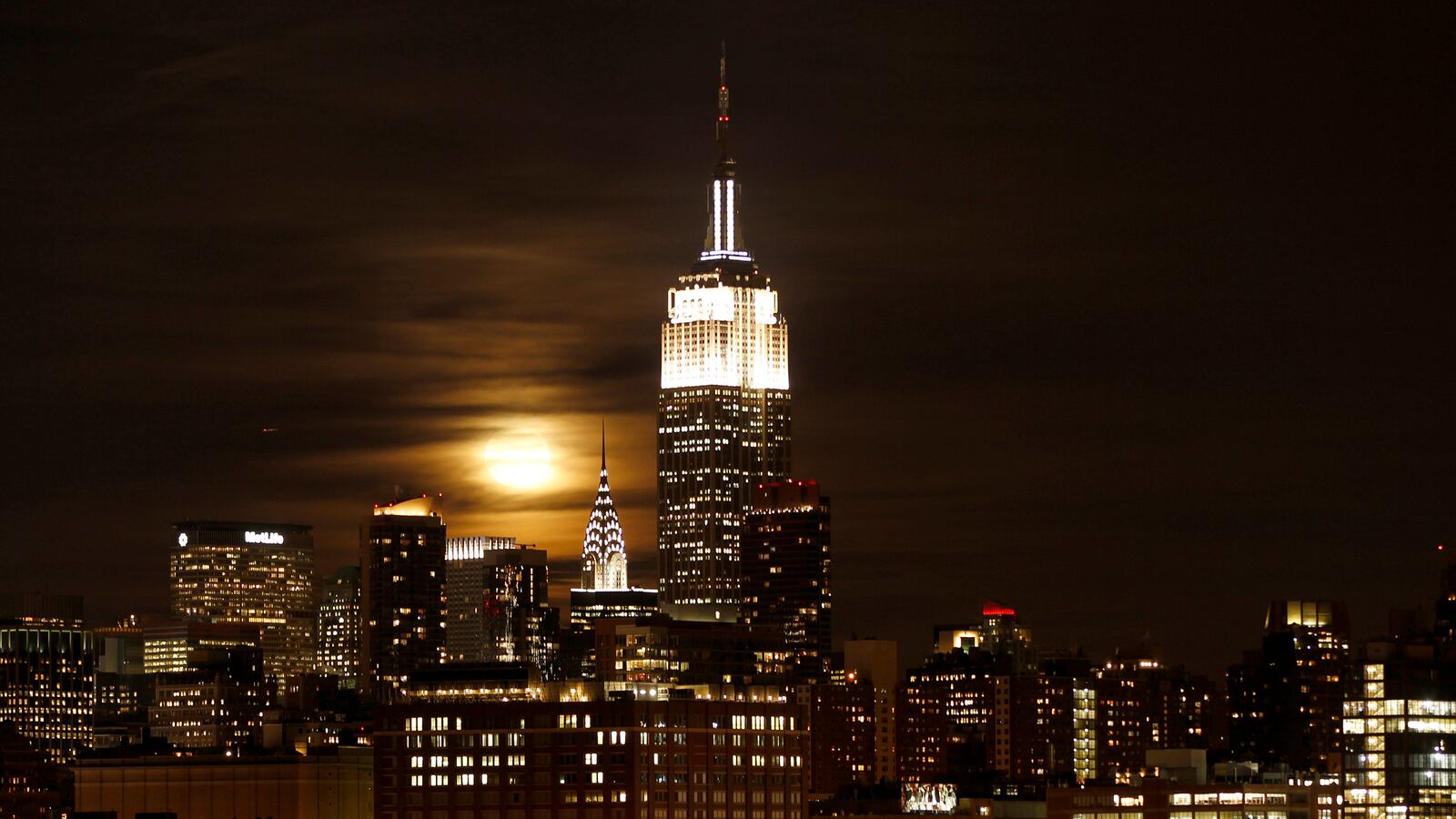This gives a whole new meaning to owning a piece of history.
The Empire State Building, the most photographed location in the world, has gone public.

Empire State Realty Trust, Inc., which owns the Empire State Building as well over a dozen other buildings, raised $929.5 million by selling 71.5 million shares at $13 on the New York Stock Exchange, making it one of the largest IPOs for a real estate investment trust (REIT). These shares represent roughly 35 percent of the company. So for less than it costs to ride the elevator up to one of the Empire State Building’s famed observation decks, you can own a share of the building.
The 102-story skyscraper has long a global icon. King Kong roared from its spire, lovers planned rendezvous at its top, and a B-25 bomber slammed into the building in 1945 after getting lost in the fog.
Unsurprisingly, with a building this big and with so much history, the road to the IPO was not exactly a cake walk.
While the company is controlled by CEO Anthony Malkin and his family, the building itself has around 3,000 stakeholders, of which 80 percent had to approve recent costly renovations, let alone going public. There were lawsuits galore (some ongoing) and fights dragged into the press. The New York Times even compared the wrangling to a “public blood fued.”
The building is also the center of a deal involving a titan of New York real estate history, Harry Helmsley. While probably best remembered as the spouse of the “queen of mean,” Leona Helmsley, he, along with Malkin’s father-in-law, Lawrence Wien, bought the building in 1961 from rags-to-riches industrialist Henry Crown. A huge portion of the money raised by the IPO will actually be going to buy out the remaining interest held by Helmsley’s trust.
And while sentimentality may get a lot of investors through the front door, there actually is a solid revenue stream—beyond the rents paid by hundreds of tenants. Admission to the observation decks, which costs $27 (or $67 to bypass the lines), brings in a huge chunk of money. So even though it’s the smallest of New York’s publicly traded REITs, it has a separate source of cash unaffected by the office, retail or residential market. According to the Los Angeles Times, the two observation decks pulled in $92 million last year.
Those revenues, which have always propped up the building financially, will be key. The 80-year-old building has a far lower occupancy rate than competitors in Midtown (78 percent versus 90 percent). Long considered less than desirable for office space (it was once called the “Empty State Building”), it has managed in recent years to attract new tenants like the red-hot tech company LinkedIn, the Federal Deposit Insurance Corp., and foreign companies like Coty and Turkish Airlines. And, while Midtown is still the preferred spot for large banks, companies have begun to look to other neighborhoods like Chelsea and SoHo to attract different types of employees.
For decades, the Empire State Building was known for the views it could provide visitors. Now it is offering the public a look inside at its own financials. And so far, the public likes what it sees. In midday trading shares were up about 2 percent from the offering price.





